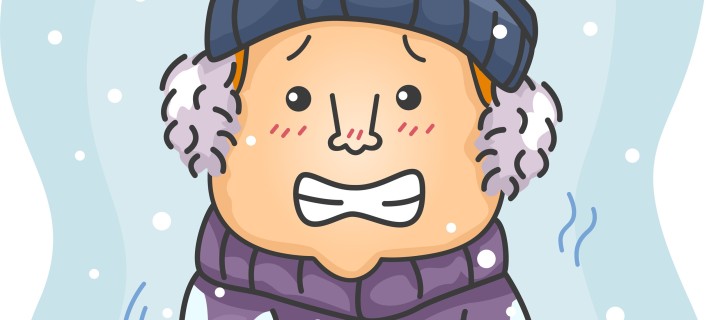With the weather hovering around -20ºC this morning in Ottawa, it’s an important time to remember to stay safe in the cold weather outside. Here are some tips from around the web on proper preparation for cold weather this winter:
Weather Forecast
Before you go outside, check the weather forecast. Be aware of wind chill warning, as this can make the air feel significantly more cold. You can check the weather through your television and radio, or online through your computer, tablet, or smartphone.
Plan Ahead
Make sure you have plans for cold weather safety set in advance. For example, if one day of the week is expected to be much less cold than the others, schedule your errands for that day. Make sure you have safety measures in place, like an emergency kit in the car.
Dress Right
Make sure to dress in layers, including a wind-resistant outer lay. Always wear a hat and gloves/mittens. Waterproof boots are very important. You can also wear a scarf, neckwarmer, or face mask to keep your face warm in the bitter cold. Especially on the coldest days, make sure you have as little exposed skin as possible.
Stay Dry
Your body will become rapidly chilled if covered in wet clothing. This is why wearing waterproof layers, including waterproof boots and even snowpants, is extremely important if you are in the snow. Sweat can wet clothing and chill you, so remove layers if you are sweating.
Keep Moving
Because it generates body heat, physical movement can help keep you warm. Keep your body moving, whether running in place or rubbing your hands together.
Find Shelter
Especially with a high wind chill, it is important to find shelter if you feel yourself struggling with the cold. Bus shelters make a great place to stop and warm up slightly before continuing on your journey.
Warning Signs
There is a much higher risk for hypothermia and frostbite on extremely cold days. Hypothermia is caused by a drop in body temperature, and causes shivering, confusing, and loss of muscular control. It can even lead to cardiac arrest. If you see someone with signs of hypothermia, get medical attention immediately and bring them to the safety of indoors.
Frostbite is a condition in which fat, muscle, and bone is frozen. Skin gets hard and the area is numb. Frostbite can be extremely serious and even result in amputation, so seek medical attention immediately. Slowly and gradually warm the area using body heat or warm water, not direct heat.
Bitter cold with significant wind chill isn’t just unpleasant, it can be very dangerous. Take these steps and make sure you are safe in cold winter weather.







